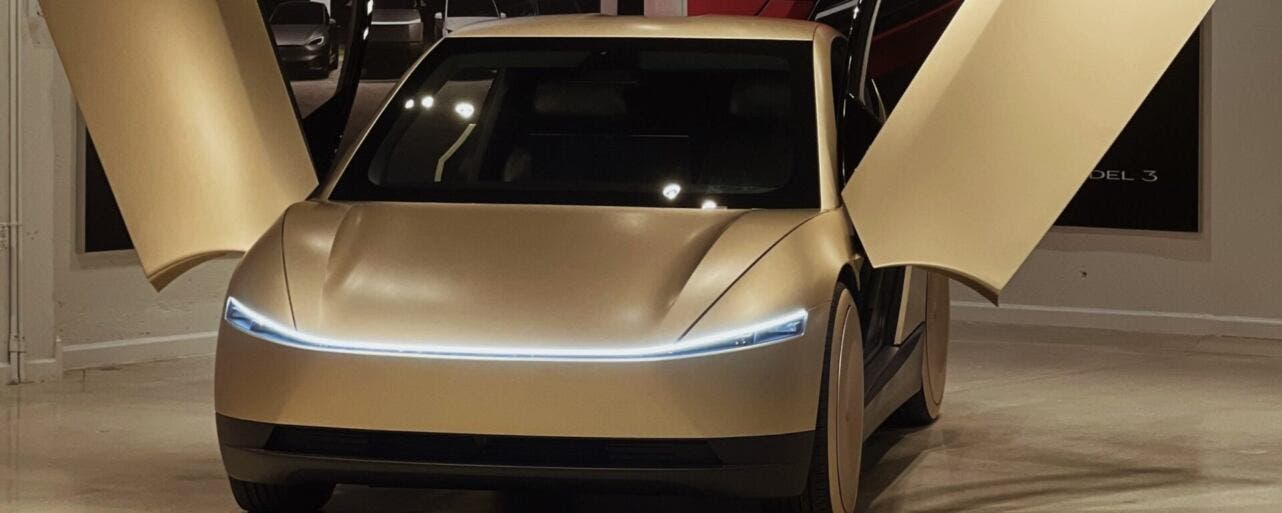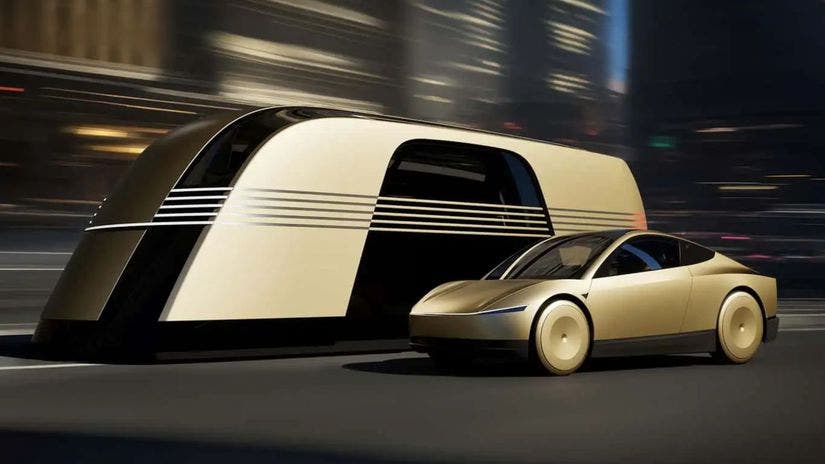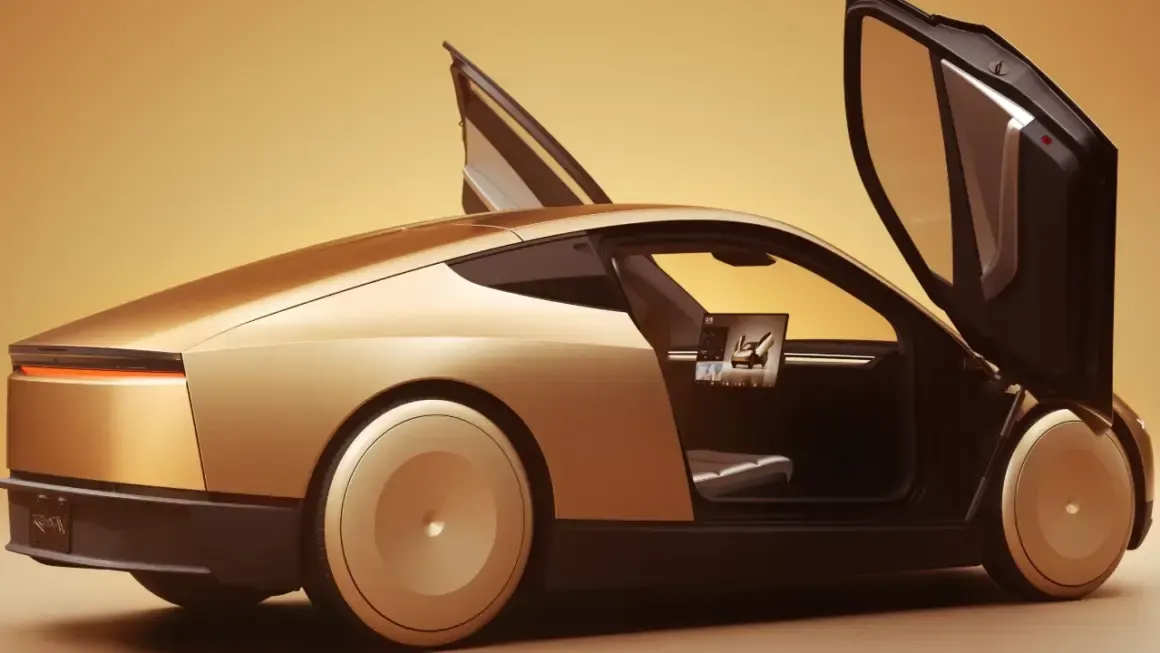Tesla’s long-teased Cybercab finally peered out from behind the curtain. The robotaxi that’s meant to replace human drivers got its moment in the spotlight, though with more questions than applause. The big headline? It’s a two-seat, fully autonomous vehicle, entirely stripped of steering wheel and pedals, a capsule on wheels driven purely by code (and hopes).
Tesla says the Cybercab is “purpose built for autonomy”, not just a retrofit. Inside, there’s no driver’s cockpit, just a cabin for two, butterfly doors, and (of course) all the sensors, cameras, and compute hardware you’d imagine in a futuristic taxi. The company claims it will cost less than $30,000, enabling fleet operators or even private buyers to consider it an entry into robotaxi service. Production is slated to begin around 2026, though “slated to begin” in Tesla talk often has a flexible translation.

Among the promised features: wireless charging, which is meant to simplify operations by removing plug-in hassles, though skeptics will wonder about efficiency losses or logistical overhead. The Cybercab’s efficiency target is ambitious: Tesla is touting high energy use per mile, though real-world conditions might push that number around.
The vehicle is highly minimalist. No mirrors, no steering mechanisms, no pedals — everything is digital and automated. And yes, the lack of pedals means no awkward mid-ride foot tapping at traffic lights. Tesla also unveiled a companion concept: the Robovan, a multi-passenger autonomous van. The idea is that these two form complementary pillars: the sleek Cybercab for individual rides, and the Robovan for group transport or cargo missions.

Will fleet operators trust a two-seat system that lacks traditional controls? Can regulatory systems keep up with vehicles that are literally steeringless? Tesla plans to roll out the Tesla Robotaxi network in select cities, using its existing Model 3 and Model Y as stepping stones, though in those, the human will (for now) remain a “safety monitor”.
Then there’s the financial chessboard: if each Cybercab really sells under $30,000, Tesla could disrupt taxi economics, but only if utilization, reliability, maintenance, and regulatory compliance all fall into place. The bet is that cost per mile falls dramatically, making human-driven taxis look like dinosaurs.
